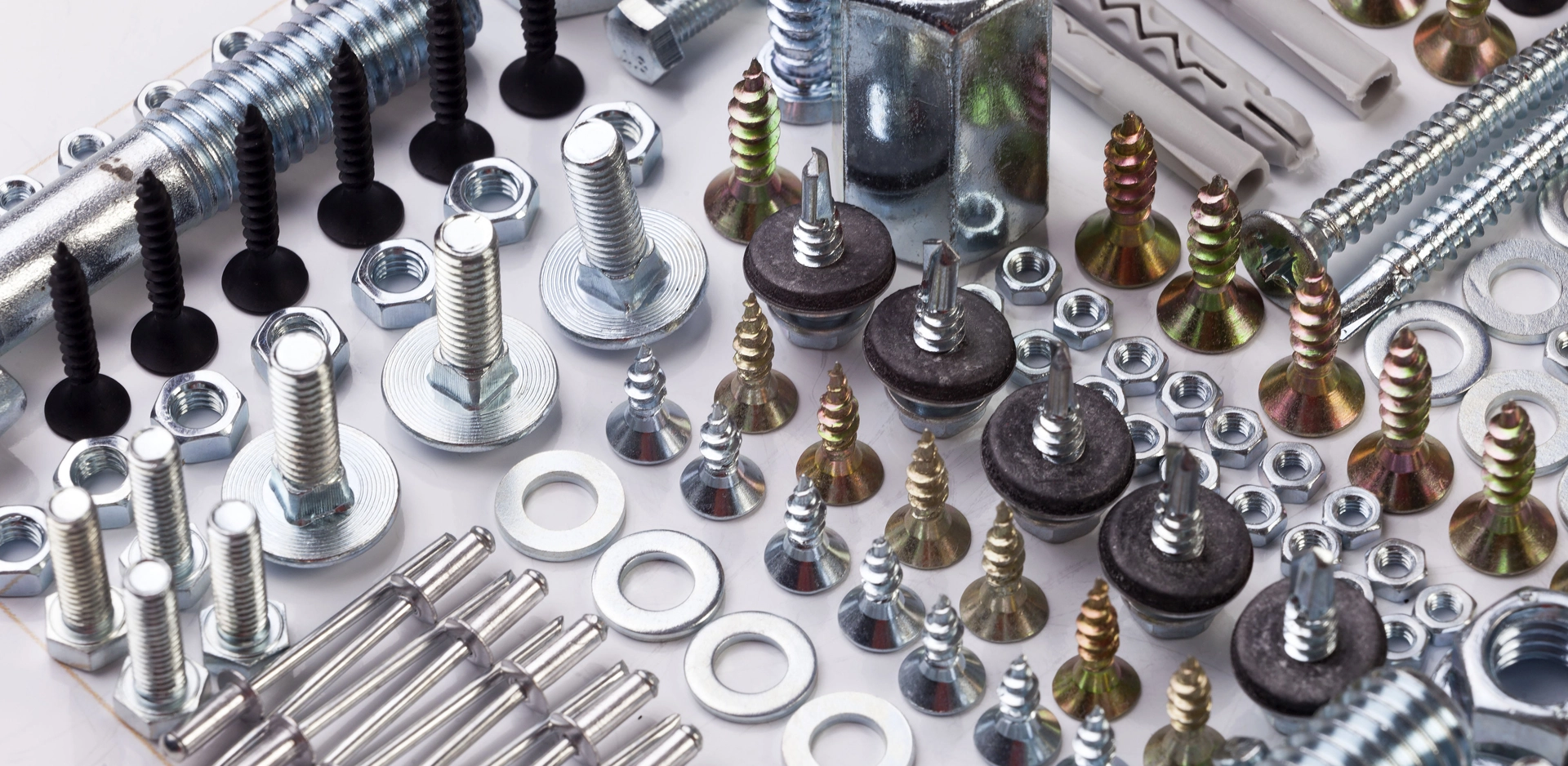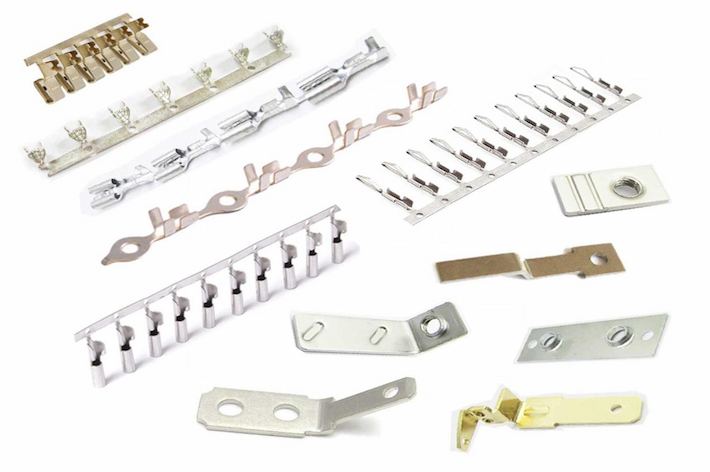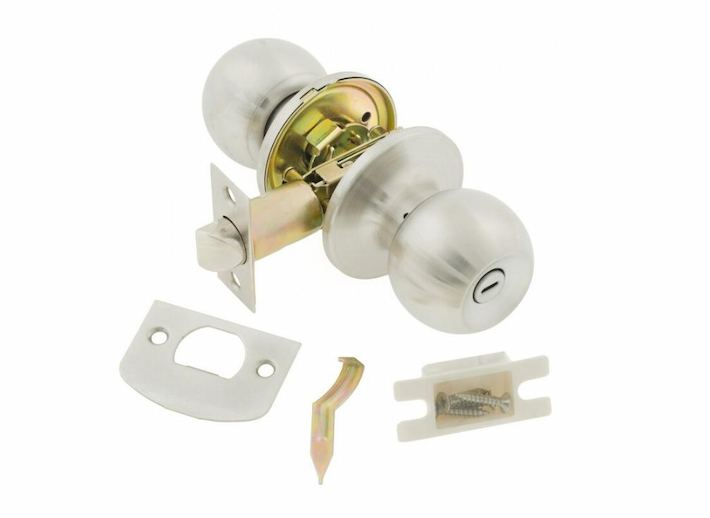
Machining: Machining processes, such as turning, milling, and drilling, are commonly used to produce terminal pins, rods, and shafts. Machining allows for precise shaping and sizing of the components. It is suitable for both small-scale production and larger quantities.
Cold Heading: Cold heading is a process used to form the head and body of pins, rods, and shafts from metal wire or rod stock. The process involves the use of dies and punches to deform the material into the desired shape. Cold heading is often employed for high-volume production due to its efficiency and cost-effectiveness.
Extrusion: Extrusion is a manufacturing process where a heated metal billet is forced through a die to produce a continuous profile with a consistent cross-section. It is commonly used for producing long rods or shafts with a constant diameter or specific cross-sectional shape.
Stamping: Stamping is a process that involves the use of a stamping press and dies to cut and shape metal sheets into the desired form. It is commonly used for producing smaller terminal pins or flat-shaped components.
These are just a few examples of manufacturing processes for terminal pins, rods, and shafts. The specific choice of manufacturing process will depend on the requirements and constraints of the application.
Material | Iron, stainless steel, brass, copper, galvanized steel, titanium, Aluminium, etc. |
Surface treatment | Zinc/Nickel/Tin/Ag-Plated/Au-Plated, etc. |
Type | High-Precision nonstandard parts (OEM Service) |
Process | Stamping/Punching/Pressing, CNC machining/Turning/Milling, Deep Drawing and other process. |
Certificate | IATF16949 2016;I SO9001 2015; ISO14001:2015;RoHS&REACH, etc. |
Usage | Automotive/ Car Thermostat, Switch, Electric Heating, Aerospace, New energy, etc. |
Stainless Steel: Stainless steel is a popular choice for terminal pins, rods, and shafts due to its excellent corrosion resistance, high strength, and durability. It is commonly used in applications where the component needs to withstand harsh environmental conditions or require good hygiene properties.
Brass: Brass is another widely used material for terminal pins, rods, and shafts. It offers good electrical conductivity, moderate strength, and corrosion resistance. Brass is often chosen for applications where electrical conductivity is crucial, such as electrical connectors and terminals.
Aluminum: Aluminum is a lightweight material that is commonly used in applications where weight reduction is important. It offers good electrical conductivity and moderate strength but has lower corrosion resistance compared to stainless steel or brass. Aluminum terminal pins and shafts find applications in industries such as aerospace and automotive.
Copper: Copper is an excellent conductor of electricity, making it suitable for applications that require high electrical conductivity. It is often used in electrical connectors and terminals. However, copper is relatively soft compared to other materials, so it may require additional hardening or coating processes to improve its mechanical properties.
Terminal pins, though small in size, play a pivotal role in ensuring seamless connectivity and reliable functionality. These unassuming components serve as crucial links in the chain of electronic and electrical devices, facilitating the transfer of signals and power. In this article, we'll explore the multifaceted roles that terminal pins fulfill in various applications.

1. Bridging Connections:
Terminal pins act as connectors, bridging the gap between electronic devices. They establish electrical connections between different components, enabling the flow of signals and power, whether in consumer electronics, automotive systems, or industrial equipment.
2. Conductivity and Current Flow:
One of the primary functions of terminal pins is to provide a conductive pathway for electrical current. Made from materials like brass, copper, or alloys, these pins ensure efficient and low-resistance flow of electricity, minimizing energy loss.
3. Secure Fastening:
Terminal pins are designed for secure fastening within connectors. Their precise dimensions and shapes allow them to fit snugly, preventing loose connections or disruptions in electrical continuity, even in demanding environments.
4. Versatile Applications:
Terminal pins find applications across diverse industries, from telecommunications to medical devices. They are integral components in the assembly of circuit boards, wiring harnesses, and various electronic systems, showcasing their versatility.
5. Signal Transmission:
In electronic devices, terminal pins play a crucial role in transmitting signals between different components. This is vital for the proper functioning of devices such as computers, communication systems, and audio equipment.
6. Automotive Connectivity:
In the automotive industry, terminal pins are essential for wiring harnesses and connectors, ensuring reliable connections for the multitude of electronic systems within modern vehicles, including sensors, lights, and control modules.
7. Medical Equipment Integration:
Terminal pins contribute to the precise and reliable integration of components in medical devices. Their role in medical equipment, such as diagnostic machines and patient monitoring devices, is critical for accurate data transmission.
8. Customization for Specific Applications:
As a leading manufacturer of terminal pins, HHC Precision offers customization services to meet the unique requirements of different industries. Our terminal pins can be tailored in size, shape, and material composition, ensuring they are perfectly suited for specific applications. This level of customization allows us to provide solutions that meet the precise needs of our diverse clientele.
Pin terminal connectors are electronic components with versatile applications, especially in fields that demand reliable connections and high performance.

Automotive Electrical Systems:
Pin terminal connectors play a crucial role in the automotive industry, facilitating the connection and transmission of electrical signals. In automotive electrical systems, these connectors are commonly used to link sensors, lights, control modules, and other electronic components. Due to the high demands for reliability and performance in automotive electrical systems, pin terminal connectors provide stable electrical connections, ensuring the smooth operation of various systems.
New Energy Battery Systems:
Pin terminal connectors are key components in new energy battery systems, connecting battery modules, electric motors, and power control units. These connectors must withstand high currents and temperatures while ensuring efficient energy transfer. With their precise design and superior conductivity, pin terminal connectors contribute to reliable connections in electric vehicles and renewable energy systems.
Medical Device Applications:
In the field of medical devices, pin terminal connectors are widely used to connect various sensors, monitoring devices, and therapeutic equipment. The precision and reliability of these connectors are crucial to ensuring the normal operation of medical devices. They provide safe and stable electrical connections, facilitating precise medical data transmission and contributing to accurate diagnosis and treatment for patients.
Aerospace Systems:
Pin terminal connectors find extensive applications in the aerospace industry, connecting and supporting the electronic and electrical systems of various aircraft. Due to the requirements for lightweight, high durability, and resistance to high temperatures in aerospace systems, pin terminal connectors typically employ advanced materials and designs to ensure reliability under extreme conditions. These connectors are used to link navigation systems, communication equipment, flight control systems, and more, playing a vital role in the overall performance of aerospace sys
Terminal pins serve as connectors, facilitating electrical connections by providing a conductive pathway between electronic components. These pins are designed with precision to ensure a secure fit within connectors, establishing reliable links for the flow of signals and power. The principle revolves around their ability to bridge connections, enable efficient current flow, and maintain secure fastening, ensuring optimal functionality in diverse applications such as automotive, electronics, and medical devices.



